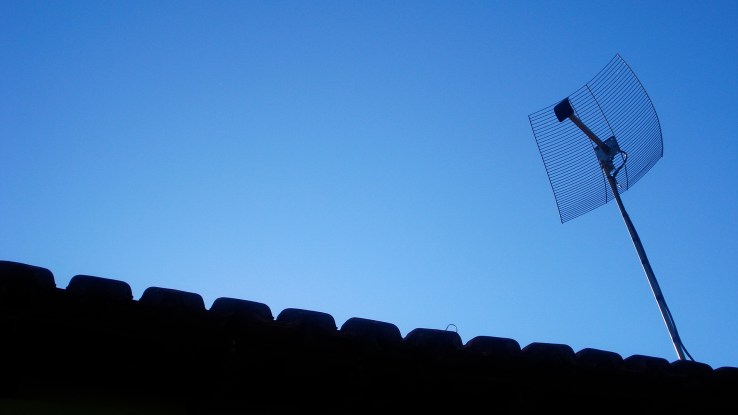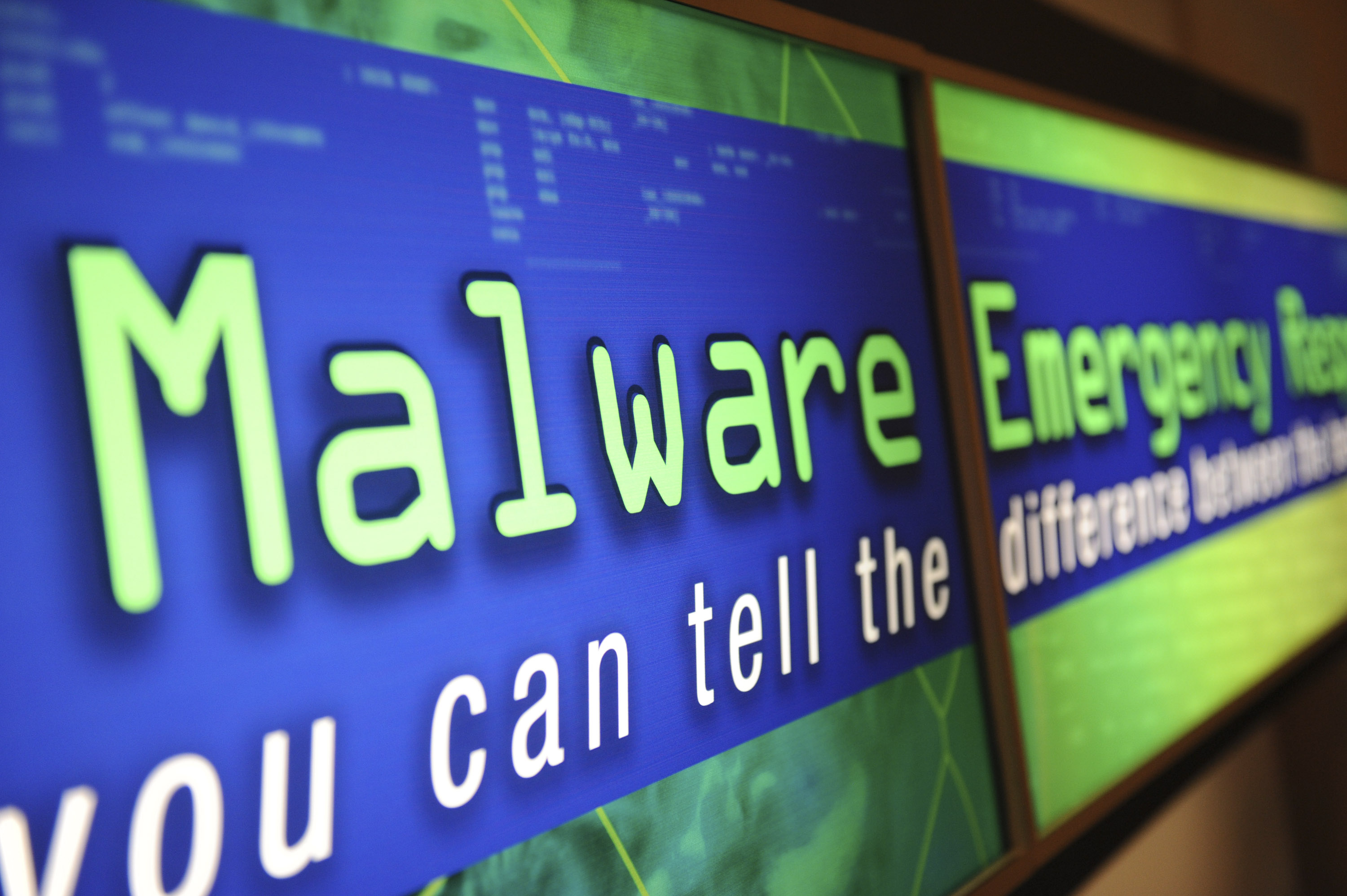Ultra-fast 5G wireless service declared national security priority by White House

Who would have thought that the president who writes in 140-character missives would suddenly be interested in 70 Gbps wireless internet access?
The White House released its congressionally-mandated National Security Strategy report (warning: PDF) yesterday. Tucked away in a section on improving America’s infrastructure was this action item: “We will improve America’s digital infrastructure by deploying a secure 5G Internet capability nationwide.” Other than natural gas, 5G wireless service was the only area of technology to get a specific calling out for infrastructure.
5G wireless isn’t a specific technology per se, but rather a set of standards and technologies that interoperate in the millimeter wave spectrum to meet the needs of users today. That includes better performance around latency and bandwidth, as well as support for low-power, many-device contexts due to the rise of Internet of Things.
The standards have been discussed and researched for years, and TechCrunch has talked about its promise before in 2015 and how that promise seems ever more distant just earlier this year. There is hope though that the technology will soon see the light of day since Verizon just announced that it will launch its first U.S. service of the technology next year in Sacramento and up to five other cities.
Now, a line in a report in Silicon Valley would be useless — people want to see actual products, not talk of products. But in Washington D.C., these sorts of coordinated reports are designed to send a signal throughout the government on how a particular administration sees policy issues. As such, they are important for setting the guidelines for future actions of the federal government. By attaching wireless connectivity into national security, the Trump administration is putting its heaviest hand behind such a recommendation.
In addition to supporting 5G wireless rollouts, the report dived into a bunch of startup and tech-related recommendations. Subtweeting Obama-era programs like DIUx, the Defense Department’s designated agency for interfacing with Silicon Valley, the report demands that federal agencies use startup technology more quickly in the field and pushes for a more agile deployment strategy. It also encourages more collaboration between technology companies and the Defense Department.
The administration also lists what it says are the critical next-generation of technologies that will underpin the American economy (or put another way, what do DCers read on TechCrunch): “To maintain our competitive advantage, the United States will prioritize emerging technologies critical to economic growth and security, such as data science, encryption, autonomous technologies, gene editing, new materials, nanotechnology, advanced computing technologies, and artificial intelligence.“
While reasonably clear, the report also has some two-faced challenges around immigration. The strategy argues that “The United States must continue to attract the innovative and the inventive, the brilliant and the bold,” but then includes pages of recommendations on strengthening borders and immigration controls that would seem to run directly counter to this high-priority goal.
In short, the strategy is about what you would expect from this administration. Except for 5G wireless. Because the president really needs less latency for his tweets.
Featured Image: Paulo Otávio/Flickr UNDER A CC BY 2.0 LICENSE
Published at Tue, 19 Dec 2017 16:51:40 +0000





